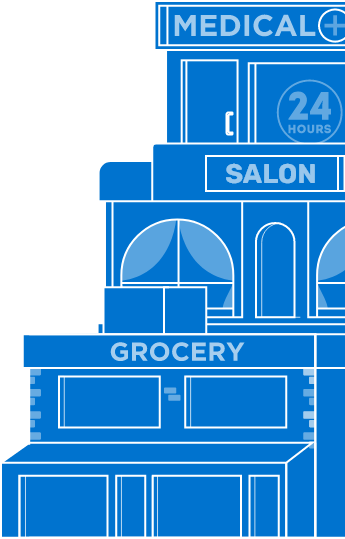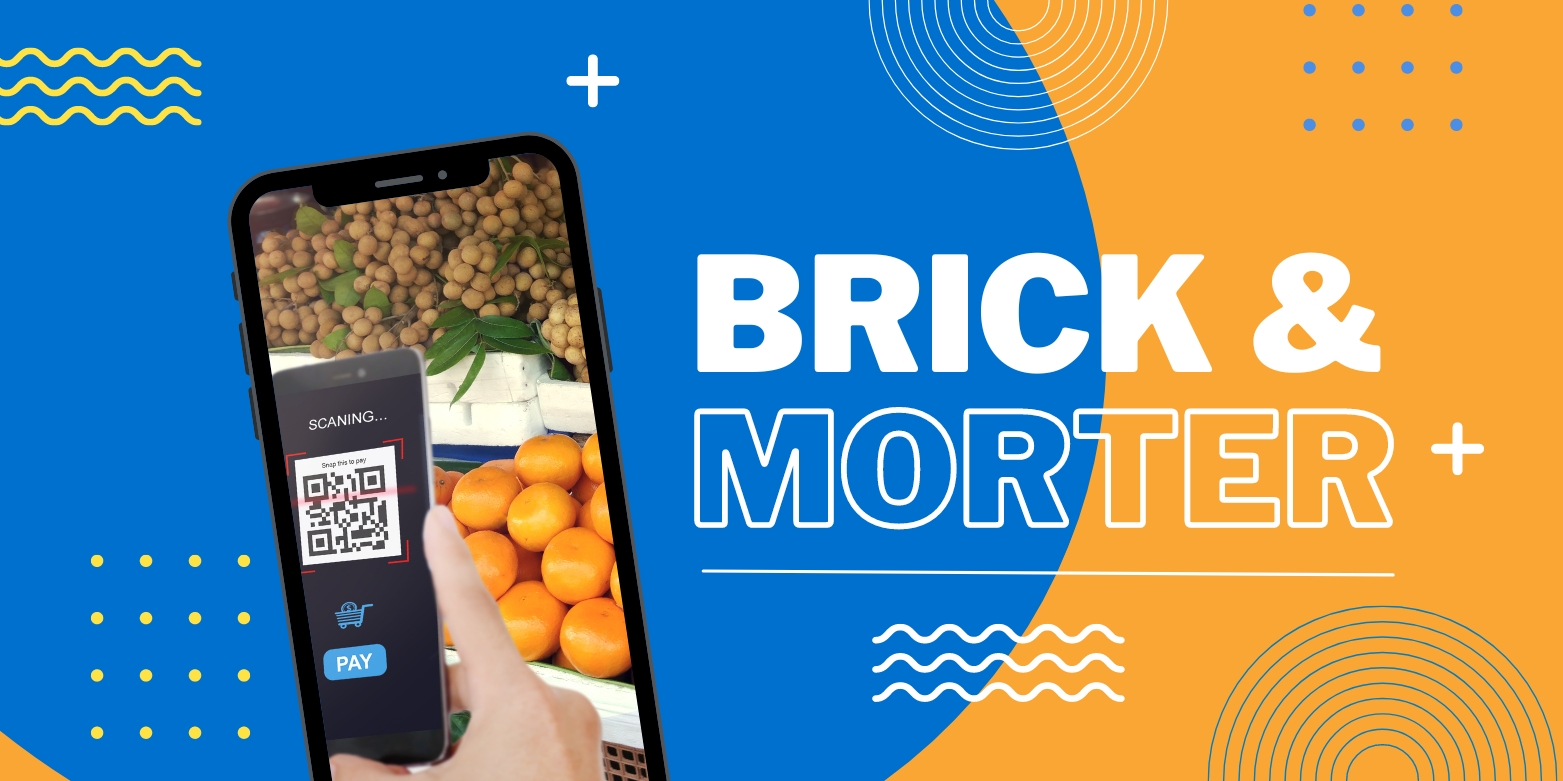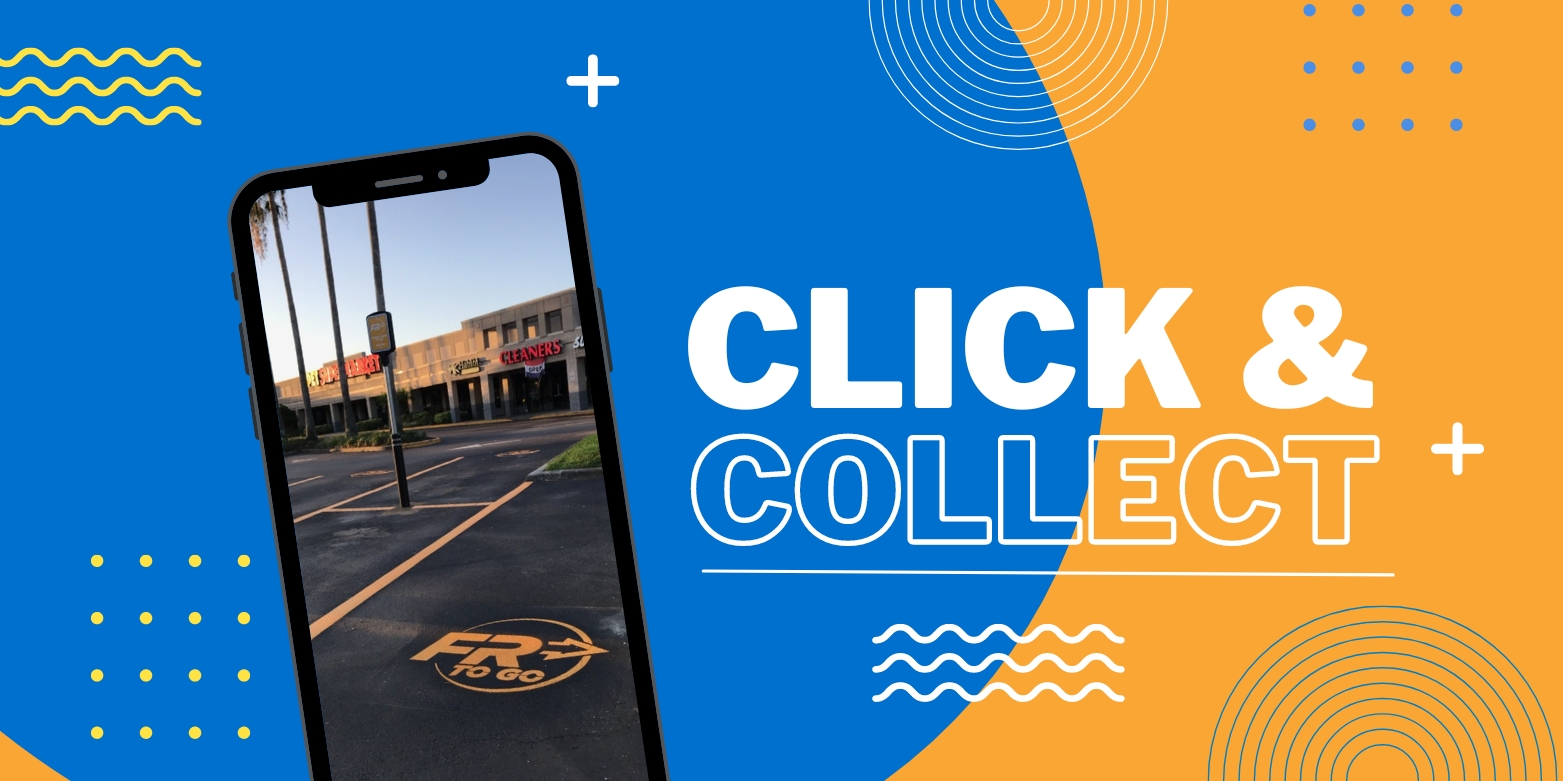After years of promise, but very limited growth (especially compared to other categories), online grocery sales are finally reaching a turning point. According to a survey that I recently read from grocery retail consultancy Brick Meets Click, 41% of people have now purchased groceries online at some point. That said, the survey went on to discuss what the “at some point” part of that equation actually entails. For example, 61% of people said that their last online grocery purchase was for a specific item that they could not easily find in the store. Only 15% of respondents actually did major grocery shopping online and just 12% utilized subscription based auto-replenish services for grocery shopping. In light of these statistics, the key for retailers and consumers alike will be to successfully use e-commerce to augment the in-store shopping process. While e-commerce may be fundamentally shifting the way retail and grocery chains will operate in the future, the need for physical locations will actually be heightened by grocery delivery trends such as the following:
At the Store – Visiting your local grocery store is the traditional way to shop. But, with click-and-collect – the process of ordering online and picking up at the store – the amount of time you spend going through the aisles can be reduced. Whole Foods, for example, has partnered with startup Instacart to provide in-store pick-up or delivery (later) of their groceries. Instacart works by sending personal shoppers armed with smart phones out to the store on your behalf. The company’s partnerships with Whole Foods and others allow their shoppers to use exclusive checkout lanes and have your items ready when you arrive in designated pick-up areas. This option is especially useful for shoppers that want to save time but still prefer to select specific merchandise themselves. According to an AT Kearney study, nearly two-thirds of respondents did not shop online because of the inability to guarantee the quality and freshness of products. Click-and-collect shopping allows you to select specific merchandise, have all of your dry goods pre-ordered and ready for pick-up and still retain the option of stopping by the produce department to see, touch, smell and choose fresh foods that meet your high standards.
At the Curb – Some grocery stores are taking it a step further and bringing your online orders right out to your car. This spring, Walmart announced an expansion of their “at the curb pickup” service for their grocery business, and Kroger’s new online ordering service ClickList has been garnering rave reviews. At Kroger, store employees actually pack up the online orders and bring them out to your car for about $5 extra. For busy parents, the option to not even leave their vehicle is very enticing, especially if they just need to grab a few staple items. For retailers like Kroger and Walmart, leveraging their store network to offer this kind of service is an incredible advantage. It allows them to penetrate smaller, less densely populated markets that online-only groceries can’t touch due to the high cost of same-day delivery.
At Your Door – Of course, the ultimate in convenience is having your groceries brought right to your doorstep. Several services like the aforementioned Instacart, Amazon and Google have all entered the same-day delivery arena. However, the already razor-thin margins of the grocery business and the need to get perishable items to consumers quickly can often make grocery delivery a bit of a costly luxury. Instacart has been able to cut some costs by tapping into pre-existing networks of grocery stores. Amazon, whose business model has historically been reliant on its own centralized warehouses for everything from books to groceries, has recognized the need to open physical bookstores - and the same may prove true of its grocery store business as well. While delivery of groceries may be worth it to some consumers, it is still far too costly for most. However, the physical grocery store can actually act as a mini distribution touch point, significantly reducing the cost of same-day delivery service direct to a customer’s home.
All of these services present exciting opportunities for the future of the grocery business. However, whether it’s click-and-collect, curbside pick-up, or same-day delivery -- one fundamental factor is helping, and will continue to help, ensure a seamless and effective consumer experience: the physical grocery store.
As one of the largest owners of grocery-anchored shopping centers in the country, Phillips Edison is committed to using our properties to accommodate and assist our grocers in rolling out these online initiatives. We currently have ClickList at more than 25% of our centers. Phillips Edison is also working to have a home delivery option at our centers.
For more information about Phillips Edison & Company, visit our website, here: www.PhillipsEdison.com.
Published On Oct 05, 2016
in Grocery





